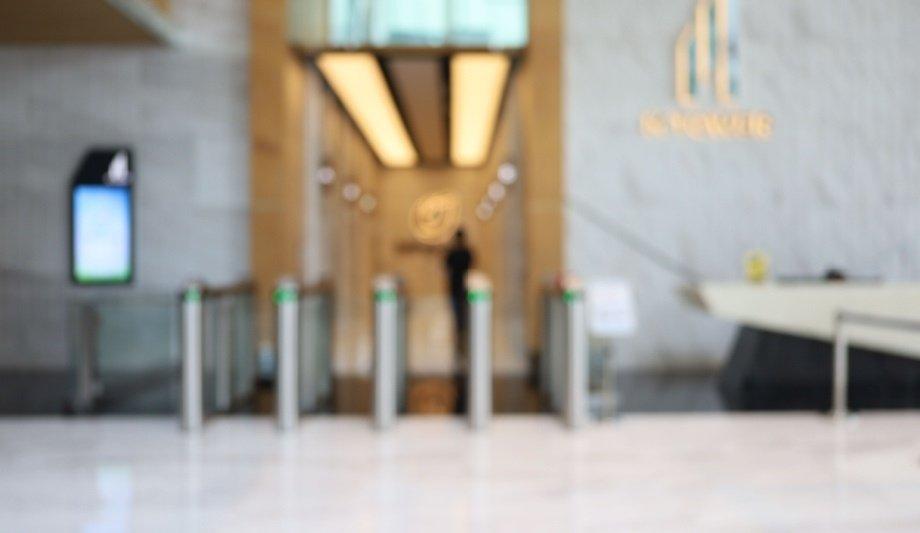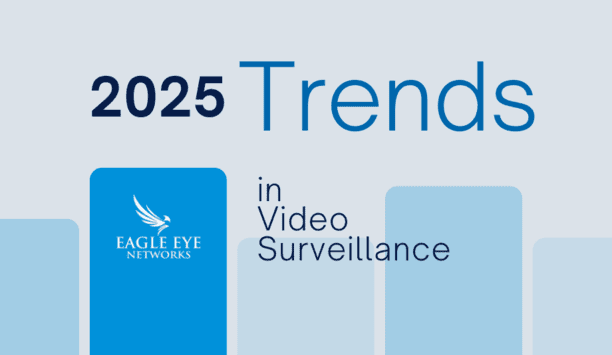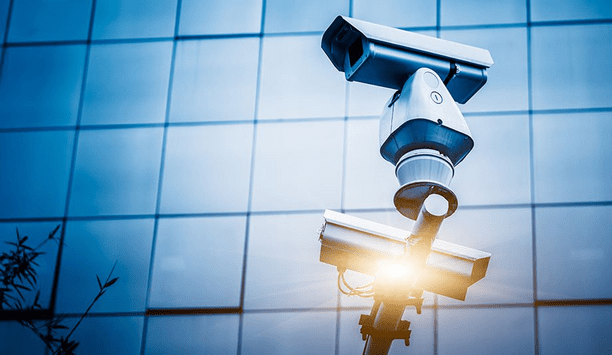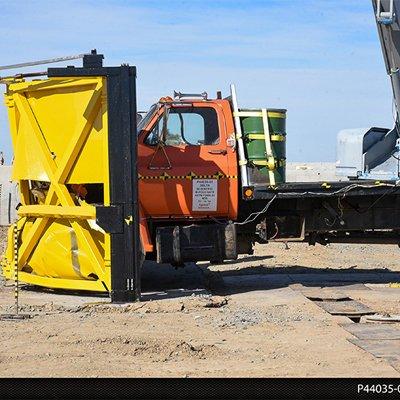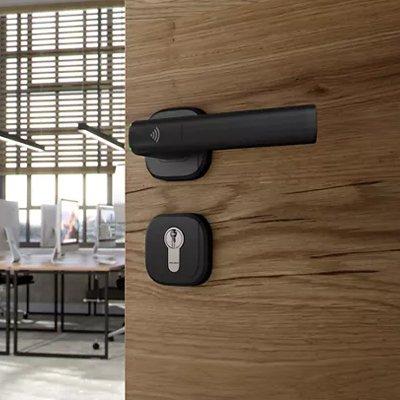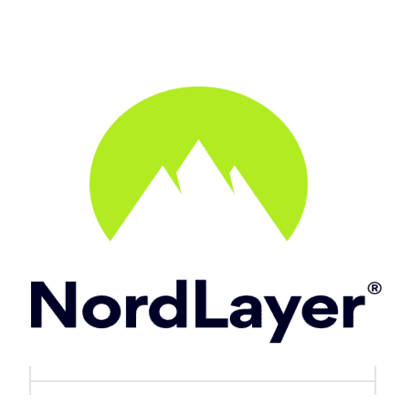How can organisations integrate physical security with other systems, such as IT and HR?
Editor Introduction
By linking human resource (HR) systems to physical security, access control systems can automatically update permissions based on employee changes, such as promotions, terminations, or department transfers. In fact, connecting HR and information technology (IT) systems to physical security can provide many significant benefits in terms of access control, incident response, compliance, cost savings, and employee experience. We asked this week’s Expert Panel Roundtable: How can organisations integrate physical security with other systems, such as IT and HR?
Integrating physical security with IT and HR systems enhances operational efficiency and strengthens security measures through streamlined processes and enhanced identity validation. For instance, consolidating the onboarding process for new employees simplifies access provisioning across cyber and physical assets in a single step, eliminating the need for separate entries into IT directory services, ERP systems, and access control permissions. Similarly, when employees depart, deprovisioning becomes straightforward and thorough. Leveraging physical security technologies like video analytics and facial recognition aids in identity verification during badge-ins, ensuring alignment between the employee's identity and access permissions. Integrating physical security and HR/IT systems also enables a unified view of all available data – when and where access was attempted, past incidents, employee history, current permissions, etc. – enabling comprehensive and rapid threat assessment and response.
The first step for any organisation aiming to integrate physical security with IT and HR systems is to establish a Cross-Functional Team with stakeholders from physical security, IT, and HR. This team should focus on defining policies and governance and identifying integration points to ensure smooth collaboration. They should ultimately determine what integration means for their business needs and stakeholders. Next, conduct market research to identify technologies and vendors that support the identified integration capabilities. Implement Single Sign-On (SSO) to simplify user adoption with a single credential. Establish Role-Based Access Control (RBAC) to ensure that physical and digital access permissions are aligned and regularly updated as roles and employees change. Use Security Information and Event Management (SIEM) systems to identify threats and responses. Develop dashboards that display real-time data for better visibility. Finally, pilot the program to gather feedback and make necessary adjustments.
Connecting physical security with other systems can benefit organisations only if they have tools to make sense of the data coming in. Investing in an open architecture platform is key. With an open, unified platform, you can bring together data from various systems. This creates a solid foundation on which you can keep expanding. You might start by combining your VMS, ACS, and intrusion systems. From there, you might bring in other business systems such as HR, building management, or point-of-sale. HR system integrations simplify the task of onboarding new hires and off-boarding ex-employees, ensuring access rights are up to date with employment status. Health monitoring tools within a unified platform also simplify the task for IT teams to detect vulnerabilities, maintain system health, and schedule critical updates across systems. This shared view of physical security and cybersecurity operations fosters collaboration, enabling teams to work together to protect the organisation.
By incorporating physical security into digital systems, organisations create a multi-layered approach to security that protects both physical and digital assets, ensuring top-to-bottom coverage of their most sensitive information. While there are many ways to curate these kinds of programs, businesses must ensure that they leverage technologies that best suit their needs. The integration of these systems occurs when humans interact with them, with the most crucial interaction being authorisation. It’s essential to ensure that individuals accessing the systems are who they claim to be, and biometric security solutions are instrumental for this. For example, biometric authentication solutions store data like fingerprints and facial imaging to create identity templates, which are then used to verify new inputs by matching them against stored data. These critical enhancements to security ensure that strong identity verification processes protect the most critical assets, reducing the risk of attacks on enterprise confidentiality, integrity, and availability.
Modern access control solutions are designed to integrate with a multitude of business systems to enhance aspects of both system functionality and reporting. These integrations offer additional tailored functionality such as Visitor Management, Time and Attendance or improving information management by linking with existing data sources such as Microsoft Active Directory. These integrations help streamline many (often complex and time-consuming) IT and HR tasks and frequently lead to additional energy and resource efficiencies.
Access control is a great example of a technology that crosses over from security where ingress needs to be controlled with HR who can monitor who is present in the facility and for how long. This can help with return-to-office mandates as well as give insight into where people are spending time inside a facility. Physical security stands to benefit from using existing IT infrastructure for cybersecurity standards to ensure that the technology that is meant to protect people does not invite the opportunity to be compromised and cause harm.
In order for a corporate security team to effectively manage and mitigate interconnected risks, it is imperative their physical security systems are integrated with different business functions like IT and HR to avoid silos and potential blind spots. For example, your physical security platform should integrate with cybersecurity and IT systems so that it can track digital threats. This gives teams an understanding of what’s happening online and whether these threats may indicate a possible physical threat. Similarly, integrating with HR gives security teams visibility into company proprietary data that keeps them in the loop in case there is concerning behaviour, a threat to the workplace, or insider risk. Integrating with visitor management systems also gives security teams visibility into who has access to their organisation's facilities. When business functions like IT and HR integrate with a company's physical security platform, security teams can do their jobs more effectively and contribute to overall business resilience.
In today’s interconnected world, integrating physical security with other organizational systems such as IT and HR is not just a convenience—it’s a necessity. Advanced access control devices exemplify this integration by combining physical security management with other critical functions like payroll and attendance systems. These sophisticated devices go beyond simply regulating entry and exit points. They are capable of syncing with HR databases to ensure that only current employees can access restricted areas, updating access permissions in real-time as HR updates employee status. This seamless integration helps prevent unauthorized access and enhances the security of sensitive areas within an organization. Moreover, by linking physical access controls with IT systems, organizations can maintain detailed logs of entry and exit, which are invaluable for both security and administrative purposes. These logs can be used to track employee attendance, reducing discrepancies in payroll and providing accurate data that can be used for labor management and planning. The convergence of physical security with IT and HR systems not only streamlines operations but also boosts overall organizational efficiency. It ensures a higher level of security compliance and enables organizations to manage resources more effectively. By embracing these integrated systems, organizations can protect their physical and digital assets while optimizing their workforce management.
Editor Summary
By connecting and integrating various systems, including IT and HR, organisations can enhance their overall security posture and protect their valuable assets. When it comes to combining security with other systems within an enterprise, the whole is greater than the sum of the parts.
- Related links
- Anviz CCTV software
- Anviz Power supplies & batteries
- Genetec CCTV software
- Salient Systems CCTV software
- TDSi CCTV software
- TDSi Power supplies & batteries
- Salient Systems Video servers (IP transmission)
- TDSi Video servers (IP transmission)
- Gallagher Gates
- Detection Software CCTV software
- Drawing Software CCTV software
- IP Surveillance Software CCTV software
- Management Software CCTV software
- Recording Software CCTV software
- Monitoring Software CCTV software
- Surveillance Software CCTV software
Expert commentary
A modern guide to data loss prevention
Download7 proven solutions for law enforcement key control and asset management
DownloadSecurity practices for hotels
Download2025 Trends in video surveillance
DownloadMaximising security and performance
DownloadDelta Scientific DCS8000 Bi-Fold Speed Gate
ASSA ABLOY Aperio H100 Wireless Access Control Handle
NordLayer: Comprehensive Network Security for Modern Workforce
